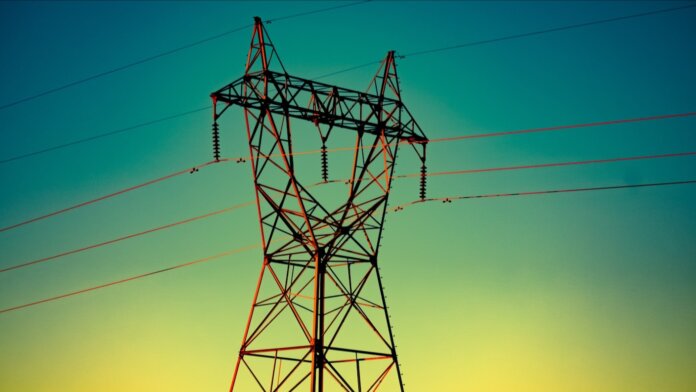The pace of the green energy transition has accelerated significantly in recent years. Figures released at the end of last year show roughly 40 percent of US electricity production is now emission-free.
With growing concern that climate change is accelerating, rapidly decarbonizing power generation is more important than ever. The US has long been seen as dragging its heels in the shift towards green energy, but that now seems to be changing as investments in renewables jump, particularly in solar.
And the latest statistics from the US Energy Information Administration suggest this trend is already filtering through to electricity markets. According to Ars Technica, figures released in December show carbon-neutral power sources like renewables and nuclear are getting close to edging out fossil fuels as the country’s primary source of energy.
The EIA data only covers the period up to October, which means the final figures for 2023 could differ slightly. Solar typically has its strongest months over the summer, while fossil fuel plants often make up for extra demand in the colder months. Nonetheless, the picture painted by the figures suggests a growing shift towards cleaner forms of energy.
Nuclear power’s contribution to the energy mix has stayed more or less level, making up 18 percent of generation. And that’s unlikely to change much in the next decade with no major new plants in the pipeline, according to Ars.
Wind has also remained largely unchanged, accounting for 10 percent, while hydroelectric power has seen a small drop from 6.1 to 5.8 percent. But solar power has grown by a fifth, going from 5 to 6 percent since last year. That’s enough to push combined carbon-free emissions above 40 percent for the first time, and with a massive build out of solar power underway, it’s likely to continue rising fast.
Almost as important as the rise in emission-free power, is a significant drop in coal, the dirtiest form of fossil fuel generation. In 2022, coal provided nearly 20 percent of the country’s power, but in 2023, it was down to 16.2 percent. That’s a precipitous decline and means wind and solar combined now account for roughly the same amount of generation.
It’s worth noting that not only solar had a good year though. Natural gas is the fastest-growing source of generation, jumping from 40 percent in 2022 to 43.3 last year. While increasing fossil fuel use might not sound like good news, gas is a much cleaner energy source than other fossil fuels, so if it’s eating into coal’s share then that is still a win for the environment.
Another positive from the data is the fact electricity production fell slightly this year, dropping by just over one percent since 2022. This is most likely thanks to greater energy efficiency across the economy, according to Ars, despite continued economic growth and a rising population.
Whether the pace of change is enough to meet climate goals remains to be seen. The 2022 Inflation Reduction Act is spurring massive investment into green energy, but these projects will take considerable time to come online.
There is growing pessimism that progress will be fast enough to limit warming to 1.5 degrees Celsius. At the latest COP28 climate talks, oil and gas lobbyists successfully watered down calls to phase out fossil fuels to a commitment to “transition away” instead, suggesting that fossil fuels will remain a prominent part of our energy mix for the foreseeable future.
Either way, progress is progress, and the latest figures clearly show renewables are ascendant and coal is on the decline. And forecasts suggest that momentum is building and green energy is likely to have another banner year in 2024.
Image Credit: Ernest Brillo / Unsplash



